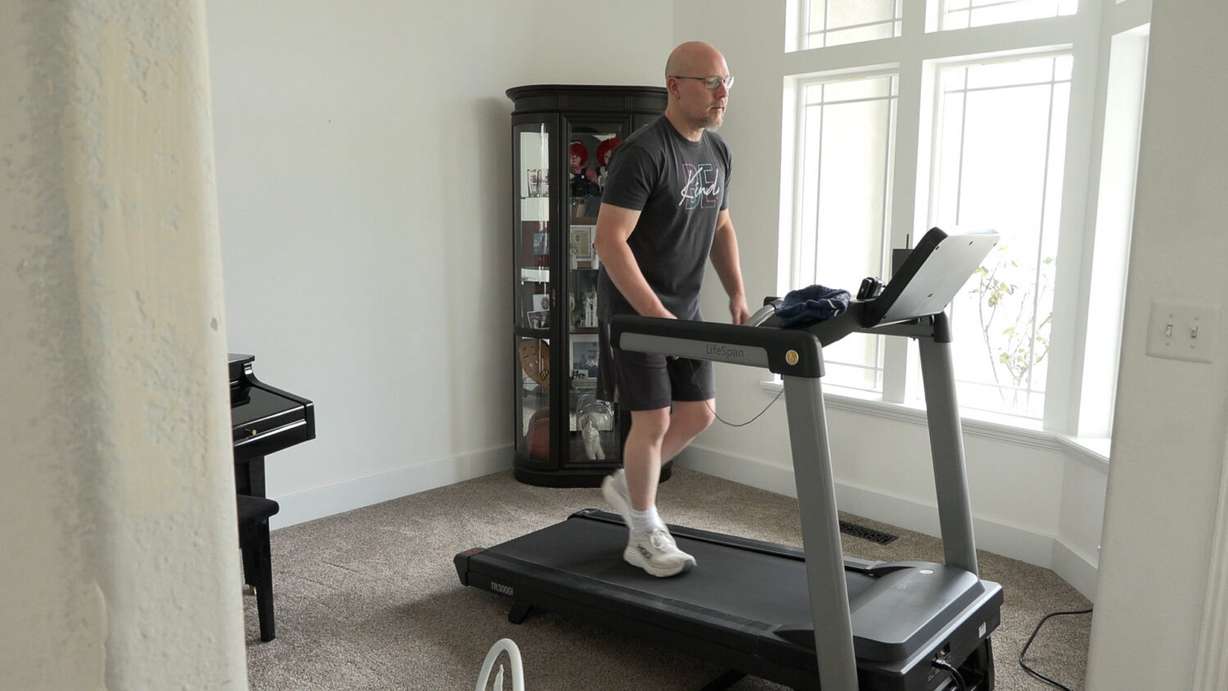Estimated read time: 2-3 minutes
- The Parkinson's Foundation's Moving Day event highlights exercise's role in managing Parkinson's disease.
- High-intensity exercise may slow disease progression, says SPARX 3 study lead Daniel Corcos.
- Funding challenges threaten the study, with Northwestern University covering shortfalls amid federal freezes.
SALT LAKE CITY — Saturday morning at Liberty Park, lots of people were on the move — dancing, stretching, walking, boxing, jogging — because it was the Parkinson's Foundation's annual "Moving Day" fundraising event.
Moving not only keeps someone with this debilitating disease healthy, but there is strong evidence that high-intensity exercise actually slows the progression of the disease.
Daniel Corcos wants scientific proof. The Northwestern University professor is the lead investigator for the SPARX 3 study, underway in Salt Lake City and other locations across North America.
"I think there's every reason to believe that the key factor here is elevated heart rate," he said. "We are improving blood flow, and therefore improving delivery (of oxygen and nutrients) to neurons in the brain."
Philip Clark is finishing up a two-year stint in the study. The Saratoga Springs resident, who was diagnosed with Parkinson's disease two years ago, has had to exercise regularly for a half-hour at 80% to 85% of his maximum heart rate.
"That was really hard for me. That was a struggle. I'm not a fan of exercise. It makes me tired," Clark said.
After about six months, he hit his stride and now looks forward to his workouts.
"I can't tell what's doing in my brain except that I'm happier," he said.

But one of this study's unknowns isn't about the science, but who is going to pay for it. The Trump Administration froze hundreds of millions in funding for Northwestern, including the National Institutes of Health grant for SPARX3. A statement from Northwestern's president and chairman of the board of trustees says the school is now making up the shortfall "until we have a better understanding of the funding landscape."
"I think it's very important for people to understand that there is certain kinds of research which, if it's not done by the government or funded by the government, or if it's not funded by foundations, will not get done," Corcos said.
He said this study, by providing more proof that exercise is critical to living with Parkinson's disease, could change people's behavior.
"At some point when the evidence is so strong, people whose inclination is not to lead a healthy lifestyle will do so," he said.











